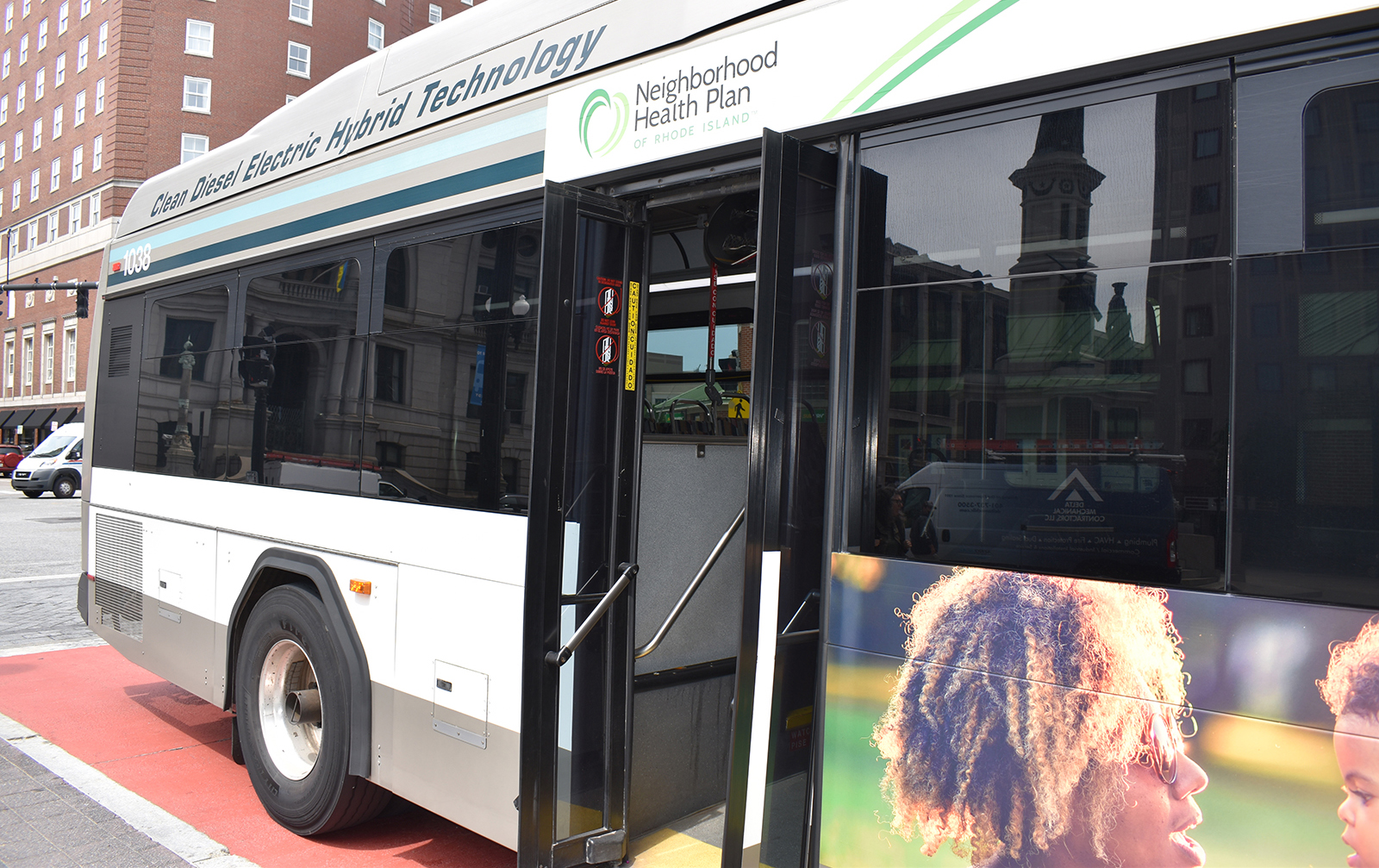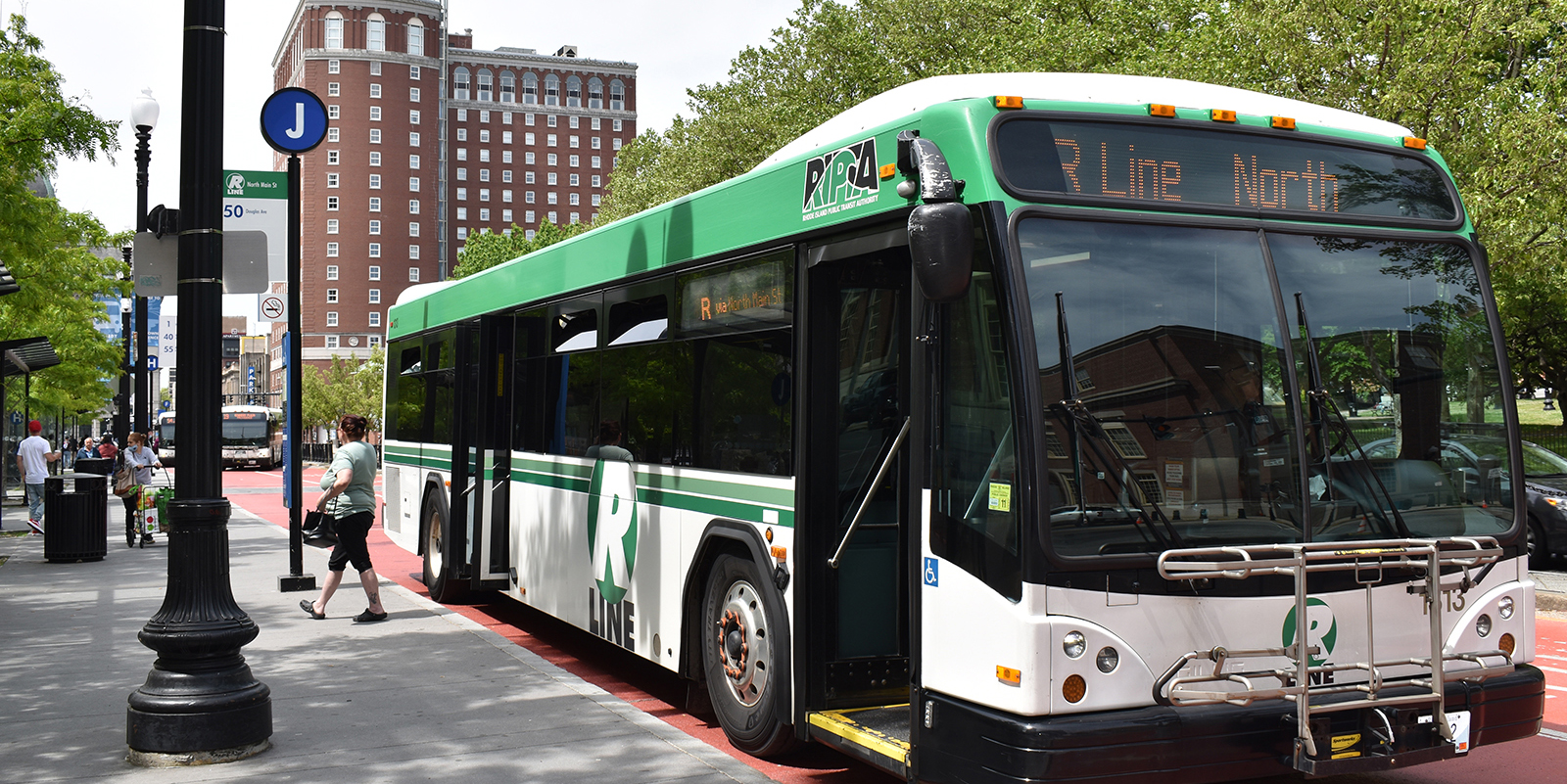RIDOT’s 6-10 Grant Crafted with Minimal Public Input
May 25, 2016
In early April, the Rhode Island Department of Transportation (RIDOT) held a series of public meetings about the proposed reconstruction of the 6-10 Connector in Johnston, Warwick, Providence and Cranston. The meetings were announced April 5 and held April 7, 11, 12 and 13, just prior to an April 14 deadline to submit an application for a U.S. Department of Transportation (USDOT) grant.
Community and business groups, including the West Broadway Neighborhood Association (WBNA) and the Federal Hill Commerce Association (FHCA), were frustrated by the limited number and last-minute nature of the meetings.
“We would have loved to have seen a meeting in Federal Hill,” said Rick Simone, FHCA’s executive director. “It sounds like the decision (to limit the number of meetings) was based on a deadline.”
“Scheduling forums at this late date leaves little time to consider public input or to incorporate it into the grant application in a meaningful way. A public process conducted in this manner is deeply flawed, at best,” WBNA wrote on its website at the time.
In its press release announcing the meetings, RIDOT said the meetings were scheduled late in the application’s drafting process because the FASTLANE grant funding opportunity was announced by USDOT on Feb. 26, leaving the state agency only seven weeks to organize and conduct meetings and prepare its application.
However, RIDOT had apparently not intended to conduct public meetings until the agency participated in a March 23 public forum organized by the city of Providence to explore the concept of replacing the 6-10 Connector with a boulevard.
“When we saw the turn out at (the Providence) meeting, we decided to put on more meetings,” Peter Garino, RIDOT’s deputy director, said at the April 13 Cranston public meeting.
Furthermore, planning for the 6-10 Connector project began before the grant opportunity was announced by USDOT. Therefore, the official seven-week window that RIDOT had to gather input and prepare the application was actually wider.
“(USDOT) didn’t give us much time to respond and prepare an application, (but) the good news is that we were pretty much waiting for this to come along,” RIDOT director Peter Alviti said during the April 12 public meeting in Olneyville. “We had started the process prior to it arriving, and were well prepared to submit a(n) application that pretty much matches the funding requirements.”
Alviti also noted that because Sen. Sheldon Whitehouse, D-R.I., helped craft the federal program, RIDOT knew how to align its design for the 6-10 Connector with the grant program’s requirements prior to its official announcement.
At the Cranston public meeting a day later, Garino said the reason RIDOT had to rush to meet the FASTLANE grant deadline, and therefore limit public input opportunities, was because it was possibly a one-time opportunity.
“The (Obama) administration has put out this grant opportunity. Next year a different administration could say there are different qualifications for what (projects receive funding). It would still have to be consistent with the law, but they could put a different spin on it,” Garino said.
That scenario, however, is unlikely. The FASTLANE grant program is authorized at $4.5 billion through 2020 — $800 million will be spent this year, leaving $3.7 billion of grant funding available from 2017-2020. Asked specifically whether project qualifications will change when a new administration enters the White House, a USDOT representative recently wrote to ecoRI News in an e-mail that, “The project requirements are set by statute and would not change without Congress enacting a new law. However, the Department has some flexibility to adjust the program. This year’s requirements are a good predictor of the subsequent years’ requirements.”
It’s been estimated that RIDOT would need to spend about $600 million to reconstruct the existing 6-10 Connector — nine of the 11 bridges that make up the interchange are more than 50 years old and need to be repaired or replaced. Because current and future repair costs associated with ensuring the existing infrastructure remains operational in the short term will be lost investments once the entire connector is replaced, RIDOT wants to move forward with the replacement project quickly.
Reconstruction of the 6-10 Connector has been languishing in RIDOT’s infrastructure pipeline for three decades, so there are real questions about whether the state agency now must rush the process at just the time that the public is learning about and weighing in on the options.
In its FASTLANE grant application, RIDOT stated that its intention is to replace the 6-10 Connector with a capped highway. The capped highway would prioritize serving the needs of regional highway users and freight trucks, while mitigating the negative impacts of the highway on neighboring communities “to the best extent practicable.”
The project would require a National Environmental Policy Act review process, which would require that RIDOT consider alternatives to its preferred approach. The agency has stated that it will consider a boulevard alternative that removes the highway and builds a boulevard in its place, reintegrating Providence’s grid of streets.
According to USDOT, if RIDOT is awarded a FASTLANE grant for the capped-highway option, but then selects an alternative that is determined to be out-of-scope with the grant — as a boulevard approach could be — the federal grant funding would be withdrawn and RIDOT would be responsible for reimbursing USDOT for any expended grant money.




While I can understand RIDOT’s desire to get the grant application in, rushing a $600 million project on which there is still much discussion is so regrettable as the boulevard could be a game changer for the city in many ways. It would also reduce the need to spend another $50 million or so extra for widening I-95 north thru Providence, widening further the gash highways make in central Providence which no successful city would tolerate. This post suggest the only way to stop this would be for activists to write to USDOT to oppose the grant.